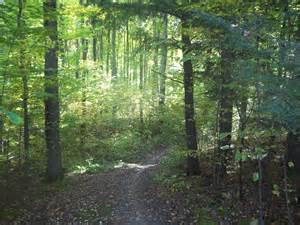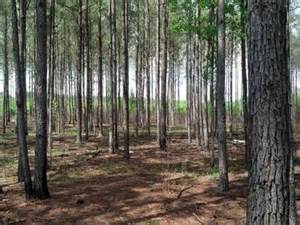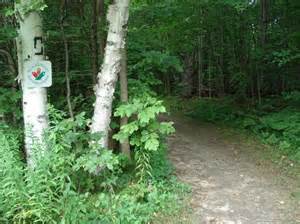Uxbridge - Al Shaw (Conc.6)
Meet at road side parking on west side of Uxbridge Conc 6, 1.5 km south of Durham Road 21.
Part of Duffins Creek Watershed. Walker Woods and North walk are natural, forested areas with many marked loop trails as well as the Oak Ridges and Trans Canada Trails.
The hills are composed of sandy and gravelly soil with the underlying till or boulder clay protruding in places to form high ridges. Where a large block of ice broke off the glacier, a hole would be left when it melted, forming a lake, pond or wetland.
Duffins Creek watershed
The Duffins Creek Watershed stretches from the Oak Ridges Moraine to the Lake Ontario waterfront and covers an area of 28,300 hectares. This watershed is one of the healthiest river systems in the Toronto region. Over 50 per cent of the entire watershed is under the ownership or care of Toronto and Region Conservation (TRCA), federal and provincial governments and regional and local municipalities.
Oak Ridges Moraine
The Oak Ridges Moraine is one of the most distinct physiographic landforms of southern Ontario. It stretches as a ridge of hilly terrain for 160 kilometres from the Niagara Escarpment in the west to the headwaters of the Trent River in the east. The moraine was created as glaciers receded and deposited layers of sand and gravel that are separated by clay and till soils. Rain that is collected and stored in the moraine’s vast underground layers of sand and gravel, which are known as aquifers, eventually resurfaces as healthy, clean water that feeds the majority of river systems in the Greater Toronto Area.
As a unique and valuable environmental asset, the moraine is a key water resource, an area rich in biodiversity and a beautiful landform. However, other land uses such as urban development and the extraction of sand and gravel compete for space on the moraine. Toronto and Region Conservation, other environmental organizations and citizens’ groups have and will continue to work to preserve the moraine in its natural state.


